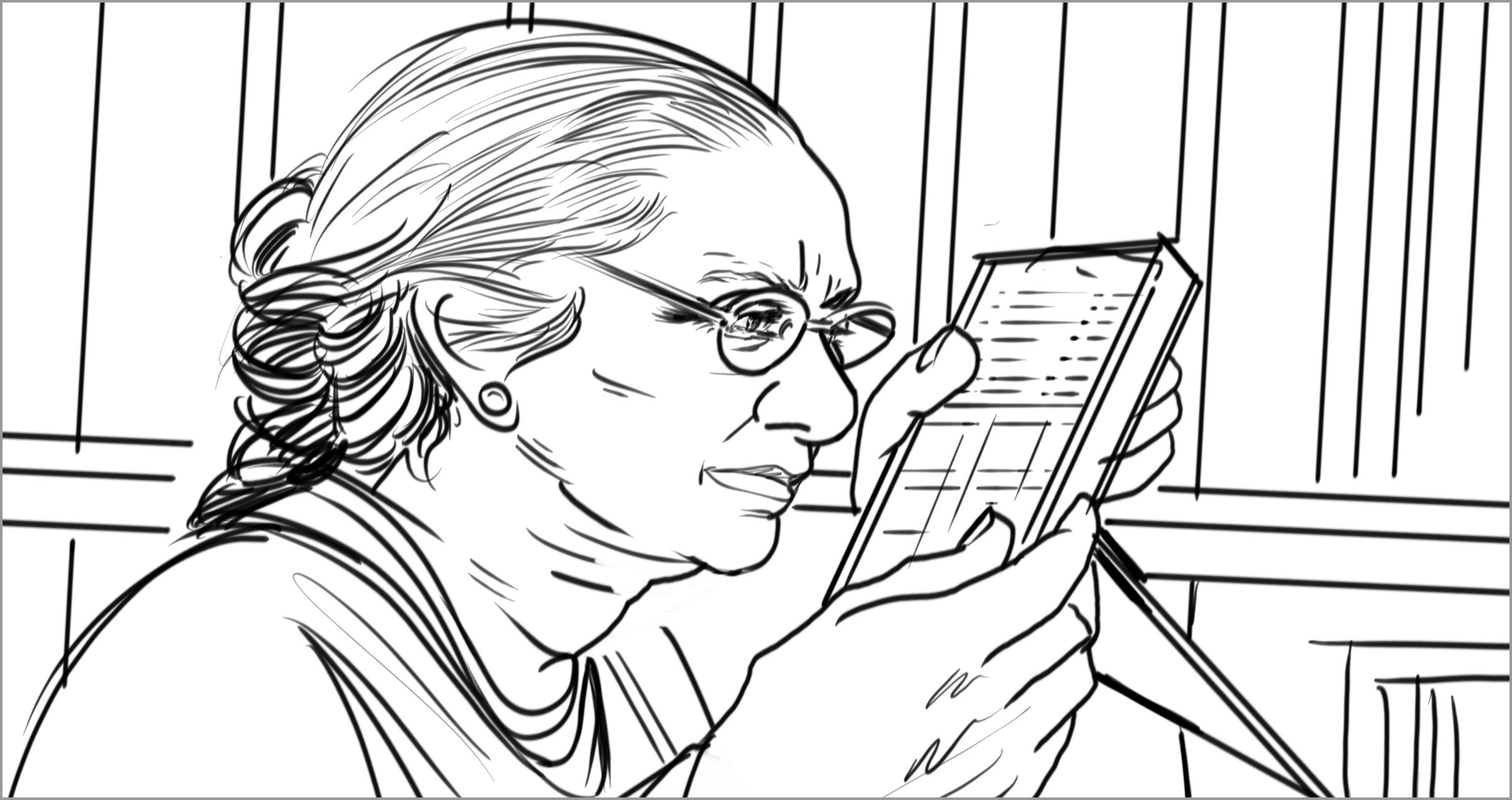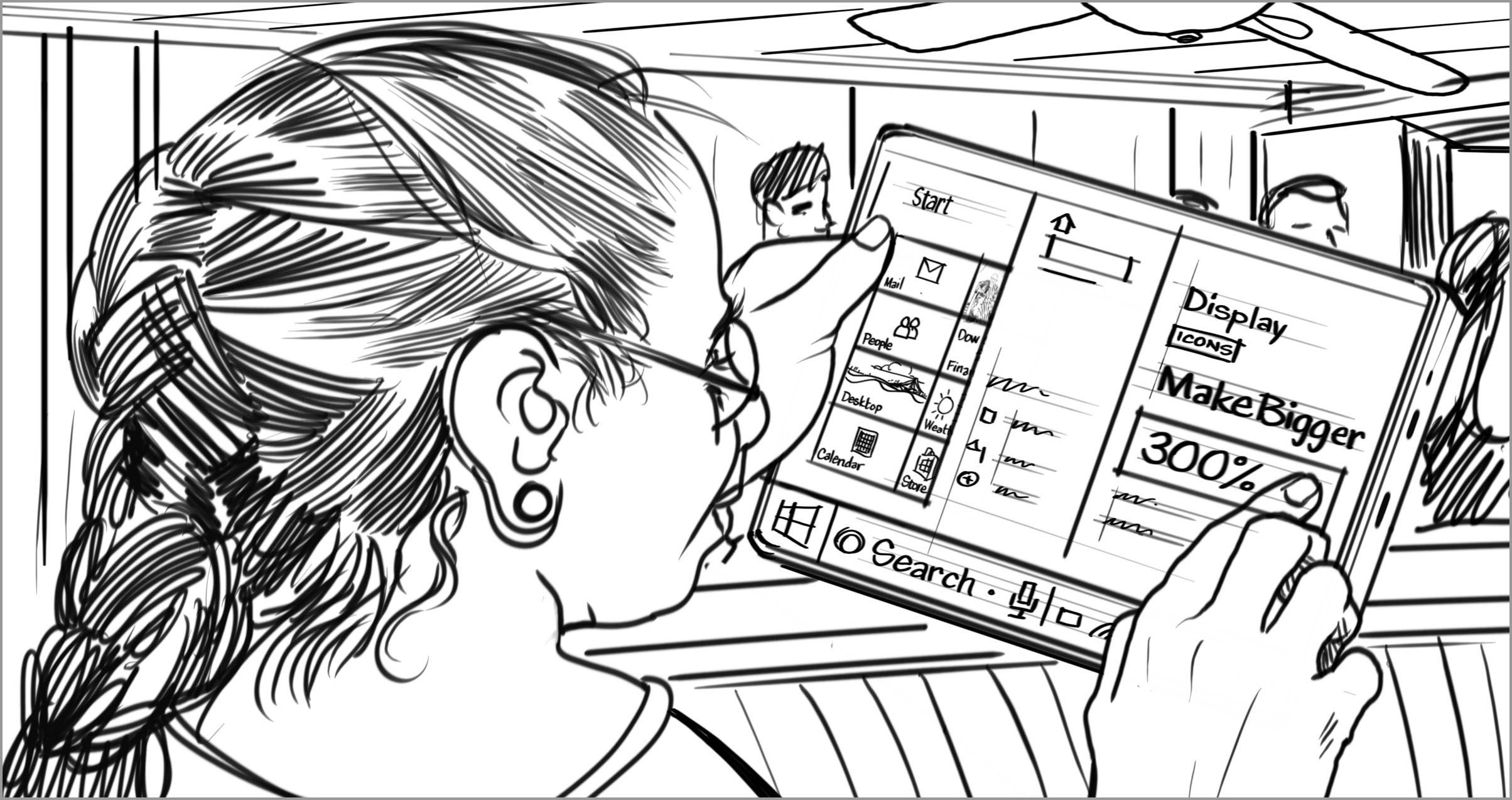Note
Access to this page requires authorization. You can try signing in or changing directories.
Access to this page requires authorization. You can try changing directories.
Permanently reduced vision that can't be corrected with glasses, contact lenses, medicine, or surgery.
The term “low vision” covers a broad spectrum of visual abilities. It's best to think of low vision in terms of function rather than numbers. Low vision is uncorrectable vision that interferes with daily activities. It can include blurriness, missing portions of visual field such as loss of central vision, peripheral vision, blind spots, or a combination of factors that affect quality of vision. While low vision can't completely prevent someone from seeing, they may have difficulty perceiving and interpreting information. Avoiding a reliance on vision alone can help reduce eyestrain and improve ease of access for simple tasks.
Low vision can be caused by eye diseases such as cataracts, glaucoma, diabetes, macular degeneration, and other diseases.
Barriers
- Experiences that depend on sight in order to complete a task
- Symbols and text that are small or low in contrast (for example, text in many instruction manuals, indicator symbols on hardware such as power, volume, or text)
- Hardware components that are only discernable through sight (such as port locations, status indicator lights, buttons that aren’t raised)
- Text and symbols in a user interface that have low contrast or are small
Facilitators
- Accessibility settings are available in a user interface (for example, brightness and contrast controls, enlarging the cursor, text, and icon sizes, zoom settings, or using a magnifier)
- Alternate input methods such as voice or touch are available
- Information can be received from alternate outputs such as hearing or tactile means
- Increased contrast ratios on hardware (3:1 for hardware, 4.5:1 for software)
- Hardware components are discernable through tactile means (such as raised buttons, prominent pull tabs on packaging, tactile indicator on ports)
Examples

BARRIER — Text of a certain size or contrast level may be unreadable for someone.

FACILITATOR — Using settings, the user can adjust the size and contrast of screen content to meet their needs.
The purpose of this reference is to provide concepts people can use to document and discuss aspects of function. Design should happen with people with disabilities, this reference is meant to support that activity, not replace it.